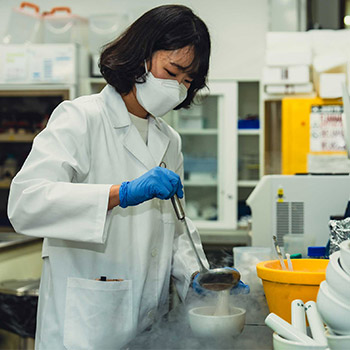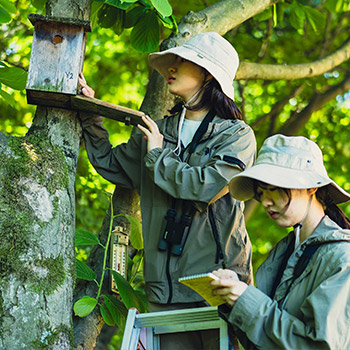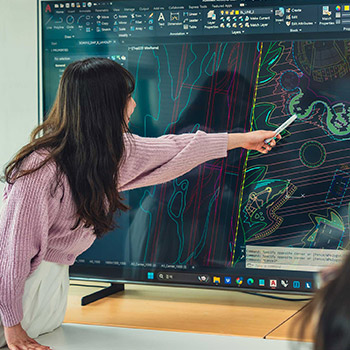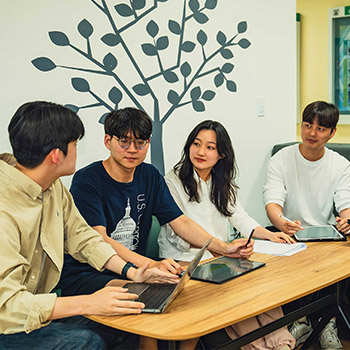Interdisciplinary Creative Research Program for Graduate Students
Student Press of College of Agriculture and Life Sciences
Soyoung Kim (Department of Food and Animal Biotechnology)
The Interdisciplinary Creative Research Program for CALS Graduate Students, which was initiated in April 2018, is beginning its second term. The program selects and provides funds to researchers to conduct research on interdisciplinary topics that combine two or more areas of study for 20 weeks. For the May English newsletter, we interviewed Tae-hwan Kim, a senior researcher from the Career and Vocational Education Center at SNU who was in charge of planning the Interdisciplinary Creative Research Program. The program was designed to provide graduate students of the CALS, SNU with an opportunity to conduct creative and challenging research related to their majors and enhance their interdisciplinary and creative research competencies. Tae-hwan Kim said, “a discussion among members of the Student Administration and the Student Planning Committee raised awareness about the lack of programs for graduate students, although numerous research support programs were available for undergraduate students. ‘Research competencies’ has been selected as the most needed ability for graduate students. Accordingly, the program was designed to develop the ability, more specifically research competencies for interdisciplinary and creative research.

A research team applying for the Interdisciplinary Creative Research Program must include graduate students from other majors.
The Interdisciplinary Creative Research Program differs from the existing Creative Research Program run on campus in that it is for graduate students, not undergraduate students, and requires interdisciplinary cooperation. The group that took first place in the program’s first term last year consisted of students majoring in Horticultural Science and Biotechnology and Mechanical Engineering. They successfully combined the two areas to develop a diagnostic system for early diagnosis of plant diseases using low-abundance protein detection. They scored high on the “need for interdisciplinary research” in the evaluation standard and finished the competition with excellent results.
Research directors who wish to apply for the program must form a research team with graduate students from other fields, plan creative research, and submit their research plan with other required documents. A research director must be a graduate student from the CALS who has published at least one paper in a journal or has finished their graduate program. Co-researchers must be from other areas of study. Enrollment is not restricted to students from the CALS or SNU; students from other universities may also enroll in the program.
The screening process consists of two stages: document screening and presentation screening. In the case of “the 1st Interdisciplinary Creative Research Program for CALS Graduate Students,” participants were selected based on presentation results without any document screening process. Participants will also be subject to document screening starting this year, in the program’s second year. Research teams with a clear research purpose who structure the content of their presentation logically will be selected by the Student Guidance Committee. Research protocols are evaluated based on the need for interdisciplinary research, validity of the research purpose and content, appropriateness of the methodology, level of detail in the research schedule, and presentation skills. The research protocols must contain the students’ plan for how to combine information, data, perspectives, and theories from two or more areas of study to resolve an issue that cannot be solved with knowledge from a single field.
The budget for the program is 20 million won per year. Each selected team will receive 5 million won in two separate payments. They will first receive research funds after attending research induction ceremony and signing a written agreement, and later receive the second payment after submitting an interim report. The Career and Vocational Information Center ensures that research funds are used in accordance with research protocols and reported that this has indeed been the case for all research conducted thus far.
The Interdisciplinary Creative Research Program for CALS Graduate Students is a relatively new program that has only entered its second year. A wider recognition of the program will allow graduate students from different areas of study to understand each other’s research and cooperate to conduct even better research. We hope to see the program successfully promote more innovative and creative research by graduate students.












